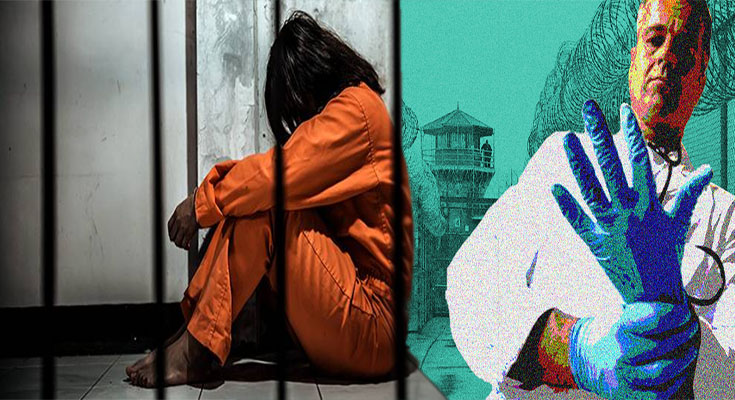There are several critical issues regarding the health care and treatment of female prisoners. These issues include women’s rights in prison, HIV prevalence in SSA prisons, and the need for gender-responsive treatment of female prisoners. We will discuss the importance of providing gender-specific substance abuse treatment to women in prison. Finally, we will consider the importance of addressing the needs of pregnant women in prison. For further information, please visit the following websites.
Women’s rights in prison
One of the many issues affecting women in prison is access to health care. The lack of affordable and accessible products is particularly problematic for women with menstrual health problems and irregular periods. Furthermore, prisons are notorious for their high rate of sexual violence against women. As a result, many women are at an increased risk of developing certain health conditions while in prison. Here are some reasons why prisons should make health care accessible to women in prison.
Iranian human rights activist, Mehri Jafari, spoke about the impacts of the Iranian political system on women prisoners in the November 2011 Incarceration Connection conference. The conference, held in collaboration with the United Nations University, also featured a video of her testimony. And a study published in 2009 by Andrew Coyle of the University of Oxford found that most children born in prison spent their first years of life in a prison.
HIV prevalence in SSA prisons
In addition to HIV prevention, SSA prisons also must address the high rates of incarcerated women. However, the current conditions of prisons are not consistent with the existing guidelines. SSA prisons should provide gynecological and dental clinics to women, and health professionals must follow universal precautions. They should also provide care for incarcerated men and women in an environment that is comparable to that of the surrounding community.
HIV prevalence in South African correctional centres is estimated at 40 to 45 percent, and the rate increases to 45% if measured over the age range of 15-49 years. Further, HIV and mental illness share a bidirectional relationship, with women carrying a larger burden of HIV than men. Both disorders may increase a person’s susceptibility to high-risk behavior and disinhibition during intimate relationships. To this end, this manuscript aims to provide an overview of HIV- related inmate experiences and perceptions.
Need for gender-responsive treatment of female prisoners
Many women in correctional facilities are mothers. This separation from their children causes natal alienation, which disrupts reproduction and family stability, contributing to a person’s social demise. While some prisons claim to have motherhood programs, their policies actually work against motherhood for women of color. This article will discuss how gender-responsive prisons can help close this gap. Let’s begin by examining the current reality.
Despite the widespread support for gender-responsive penal policies, there are a number of disadvantages. In contrast to gender-neutral penal policies, which are intended to promote individual rehabilitation, gender-responsive prisons exacerbate structural inequalities. In addition to the negative effects, gender-responsive prisons also create problems for transgender and gender non-conforming people. The fact is, transgender and gender-nonconforming people are more likely to experience violence, poverty, and incarceration.
Gender-specific substance abuse treatment for female prisoners
The number of female prisoners has steadily increased over the past two decades, while still far lower than that of males. In fact, women are more likely to be incarcerated due to drug-related offenses than males. This increase is attributable to zero-tolerance drug-and alcohol-related policies implemented by law enforcement agencies. The need for gender-specific substance abuse treatment is greater than ever for female prisoners.
A recent study of women in prisons found that eighty percent had experienced depression or other mental illness at some point in their life. Nearly half had suffered physical or sexual abuse. Twenty percent had an addiction to methamphetamine, while seven percent had a problem with cocaine or crack. Only five percent had never used drugs, and only eight percent said they had never tried them. One-third of the women in the program reported using drugs on a daily basis in the 30 days prior to their incarceration, and the remainder used drugs at least three to six times weekly.



